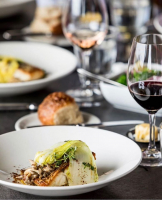Top 12 Most Popular Desserts With A Fascinating History
Desserts around the world have come a long way since they were first made. Dainty versions of well-known desserts stand out in the windows of patisseries, and ... read more...multiple flavor variations are experimented with to replace the standard chocolate and vanilla. Let's find out the top of the most popular desserts in the world with fascinating histories.
-
Dozens of delicate layers melt into a single tender bite in this syrupy confection, which is among the sweetest legacies of the Ottoman Empire. Layers of filo pastry, chopped nuts, and deliciously sweet syrup come together to make baklava – and its history has just as many layers as the dessert itself. Countries and cultures clash when it comes to the origin story: it’s claimed by both the Turks and the Greeks, but in reality, the history of the sweet is much more complex. It’s thought that very early versions of the pastry dessert were made in the 8th century BC by the Assyrians, whose empire covered a swathe of the Middle East, including some of modern-day Turkey.
Some sources say the recipe was fine-tuned by the Ottomans and that it served as a staple in Istanbul's Topkapı Palace through the 15th century. It’s also said that ancient Greek merchants, who loved the Assyrian delicacy, disbanded it across the Middle East as they traveled, making their own tasty alterations. It’s possible that both could be true but, at present, the version made in Turkey’s Gaziantep has protected status from the European Union. Here chefs prepare baklava in a restaurant kitchen in Gaziantep.
These days, pastry stores provide delicious trays that have been diamond-cut, filled with ground nuts, and covered in honeyed syrup. Just the most well-known of the syrup-drenched sweets from the Ottoman Empire, but for good reason. It is among the most alluring desserts in the world because to its straightforward list of ingredients and limitless variations.
Country: Turkey
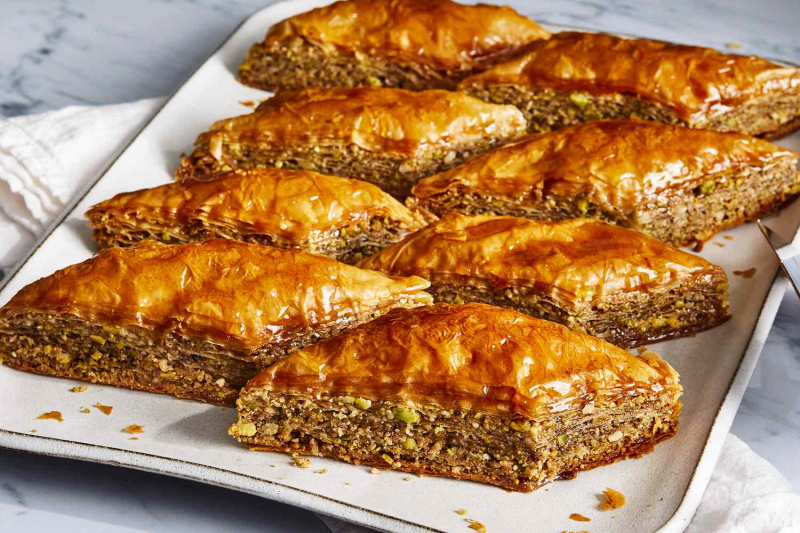
Allrecipes 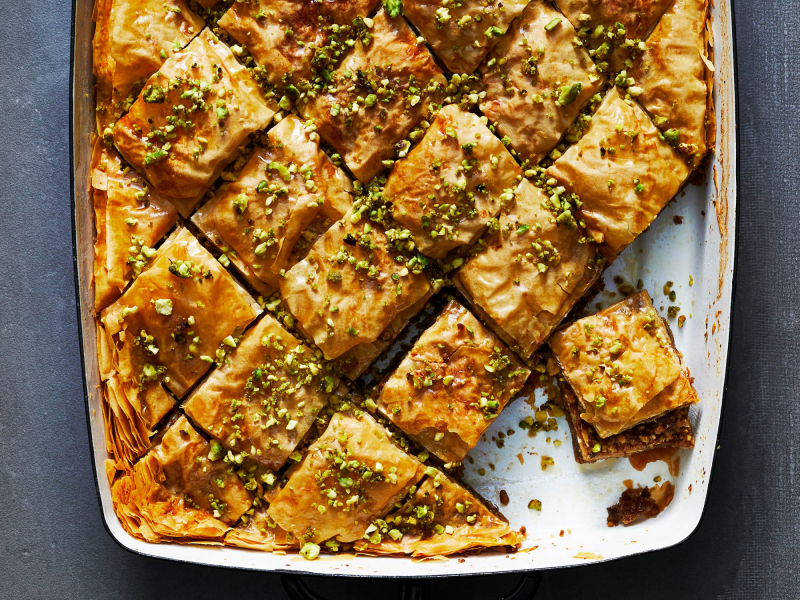
MyRecipes -
Along with fairy tales and mountain-top castles, Germany's Black Forest region is known as the namesake - if not the origin - of the country's most luscious cake. Dark rounds of chocolate cake are doused in a cherry syrup spiked with kirschwasser, a sour cherry brandy, then stacked atop a thin, chocolate base with deep layers of whipped cream and fresh cherries. If that wasn't flavor enough, the whole thing is swathed in more cream, dusted with shaved chocolate, and studded with cherries. The resulting cake is a frothy dream dessert that's the star of pastry cases around Germany, where it's known as a Schwarzwälder Kirschtorte.
Few desserts are as decadent as the Black Forest cake, which, while having its roots in Germany, is now enjoyed worldwide. Given its name, it should come as no surprise that the rich cake was inspired by the idyllic Black Forest region from which it originated.
The region is known for its cherries and cherry brandy, and some sources claim that the cake was inspired by the local women's traditional attire, which consists of dark gowns and caps decorated with bright red pom poms that resemble cherries. The cake's precise origins are not without dispute, though. Some claim that Josef Keller, a baker at Cafe Ahrend in Bad Godesberg, invented it in 1915, while others assert that Edwin Hildebrand did it in the 1930s.
Country: Germany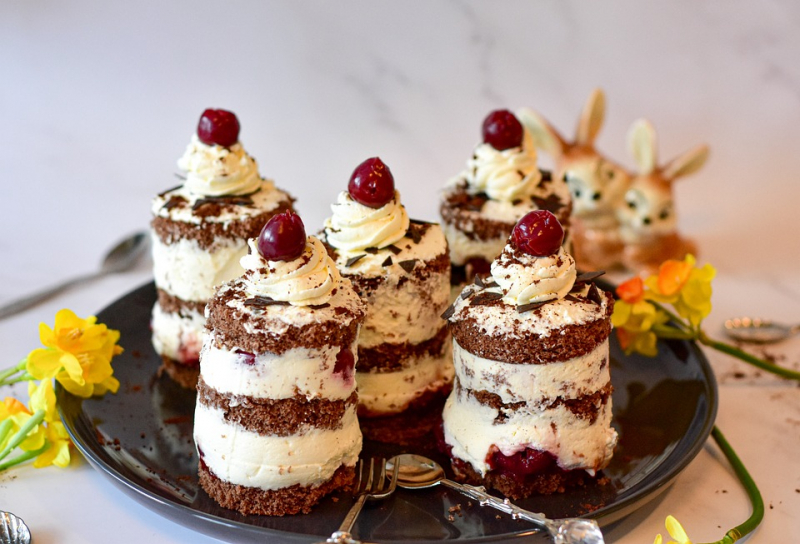
Photo by RitaE on Pixabay 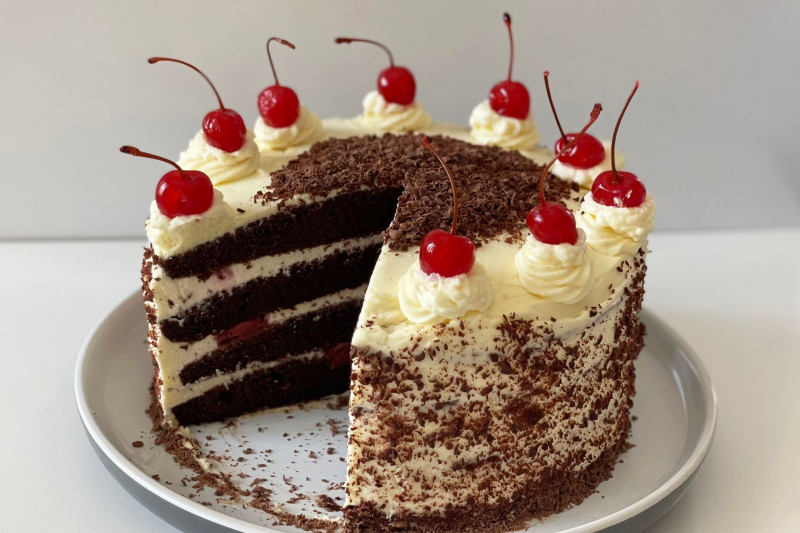
Australia's Best Recipes -
Pavlova is a dessert with the title of inventor fought over by Australia and New Zealand. But actually, it should be credited to America, as well as Austria and Germany where the first known origin of the dessert comes from.
The meringue, cream, and fresh fruit layered dessert may sound simple enough, but the first known recipe of a similar creation dates back to the 18th century when Austrian Habsburgs ate a masterpiece of a dessert called a Spanische Windtorte. The dessert was beautiful to look at for its intricate piping of the meringue, and once cut open, its colorful layers of fresh fruit and cream. Pavlova, a world-class ballerina, had the dessert made and named in her honor. However, the pavlova specifically named after she was actually a layered gelatin dessert. It was only in 1929 that a New Zealand chef created a meringue dessert with cream and kiwi fruit that was inspired by Anna Pavlova’s tutu. This led to the New Zealanders’ claim that they invented the pavlova we have today.
The Australians also claimed to be the inventors of the modern pavlova, because when they created a crunchier meringue layered with cream and passionfruit in a Perth hotel in 1926, it was stated by a guest that it was, “as light as Pavlova.” Therefore the chef decided to name it after Anna Pavlova. So, the Australians like to believe that they created the modern dessert and the New Zealanders named it. Although neither New Zealand nor Australia truly holds the title, the dessert is still incredibly popular and will always be a part of their cultures and histories.
Country: Australia and New Zealand
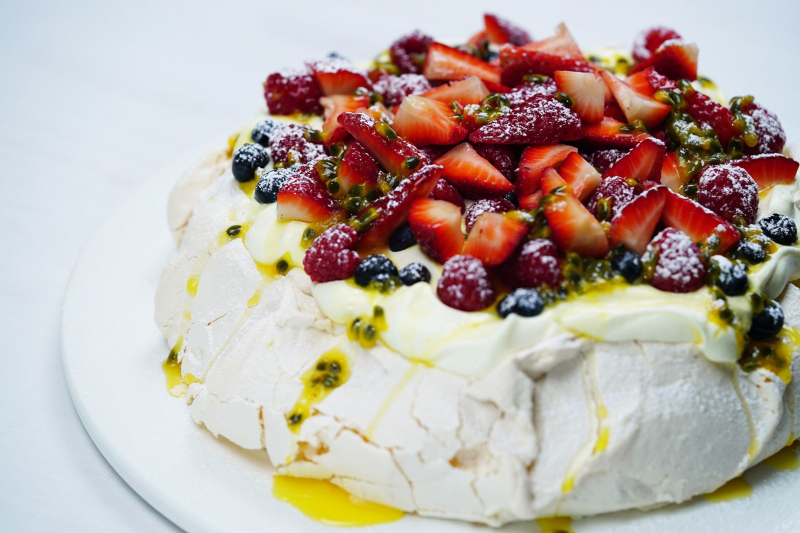
Taste 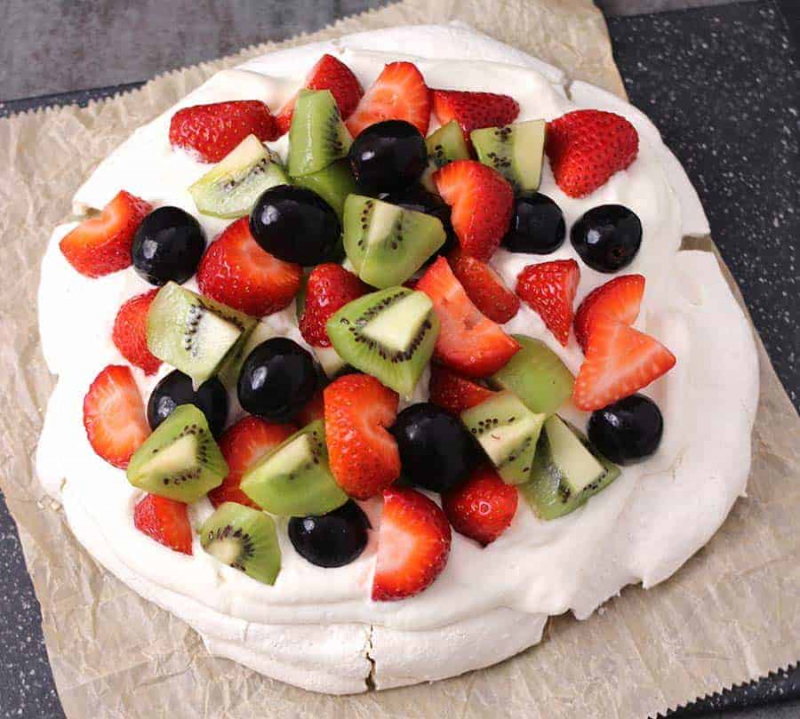
Cook with Kushi -
Although it’s hard to imagine an Italian dessert menu without tiramisu, the punchy caffeinated dessert (which roughly translates from Italian as 'pick me up') was only invented in the 1970s. It’s made up of coffee-soaked ladyfingers (sponge fingers) layered with sweet mascarpone and dusted with a healthy amount of cocoa powder. Creamy layers of whipped mascarpone cradle coffee-soaked ladyfingers in this modern Italian dessert, which has become a sweet mainstay around the globe. It's no wonder. And, according to lore, it was created by accident.
As usual, there are multiple origin stories, but the most widely accepted is that it was concocted by Ado Campeol, who owned Le Beccherie restaurant in Treviso, northeastern Italy. Campeol, who passed away at the end of 2021, was whipping up some vanilla ice cream when he accidentally dropped some mascarpone cheese into a mix of eggs and sugar. Campeol and his wife added espresso-soaked ladyfingers to the concoction and the tiramisu was born. Pictured is a tiramisu at Le Beccherie. Whatever the truth behind the creamy dessert, it's earned well-deserved pride of place on menus from Umbria to Ulaanbaatar.
Country: Italy
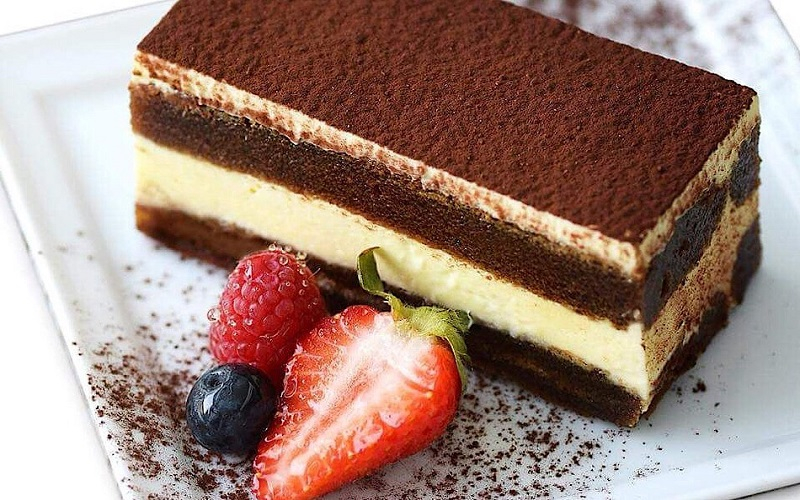
Bách hóa XANH 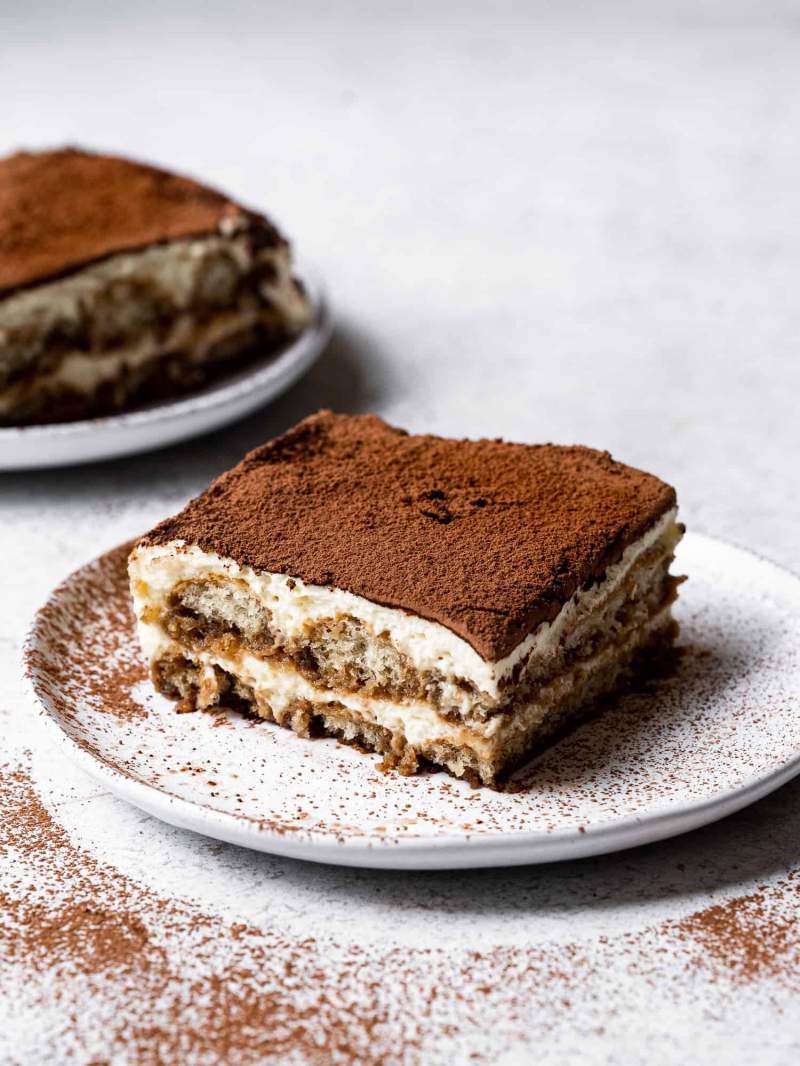
- Sandra Valvassori -
This popular type of dessert is loved for its numerous flavors and bright colors. It can be layered or molded into any shape, and it wobbles. It is a fun dessert for all ages. However, this pretty-looking dessert has a not-so-pretty origin.
Gelatin may be used to make savory dishes as well as sweet ones, which is how the dessert we know today came to be. The creation of gelatin dates back to the 1400s, which is the exciting part. To release the collagen in animal skin and bones, it first involved an excruciatingly lengthy procedure of boiling the materials for hours at a time. The oldest recorded recipes for those delicious, gelatin-based foods called for boiling collagen-rich pig feet and ears. Gelatin was utilized more for preserving, glazing, and binding during the period because it would have given sweet meals a meaty flavor. Gelatin without flavor started to be produced in bundled, dried leaves during the Industrial Revolution.In 1845, a man named Peter Cooper decided to switch from glue production to producing gelatin dessert mixes. His recipe included sugar, spices, eggs, and processed lemons mixed in with powdered gelatin. However, it was not a popular product at all. Then in 1887, a husband and wife—Pearle. B and May Wait—decided to flavor gelatin powder. They added artificial fruit flavors and lots of sugar, and then gave this powdered dessert mix a name that is now known very well today: Jell-O. Unfortunately, the product was not very successful at first, and it was not until a company, owned by a man named Frank Woodward, took over the trademark and recipe that it became a hit. Today, both homemade and premade gelatin dessert mixes are popular treats.
Country: United Kingdom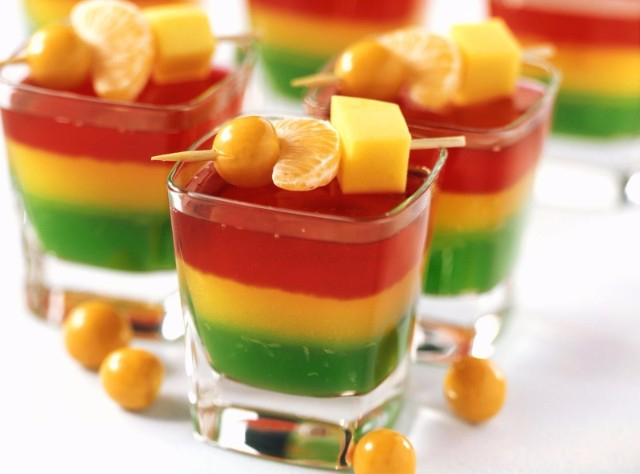
Chefjob.vn 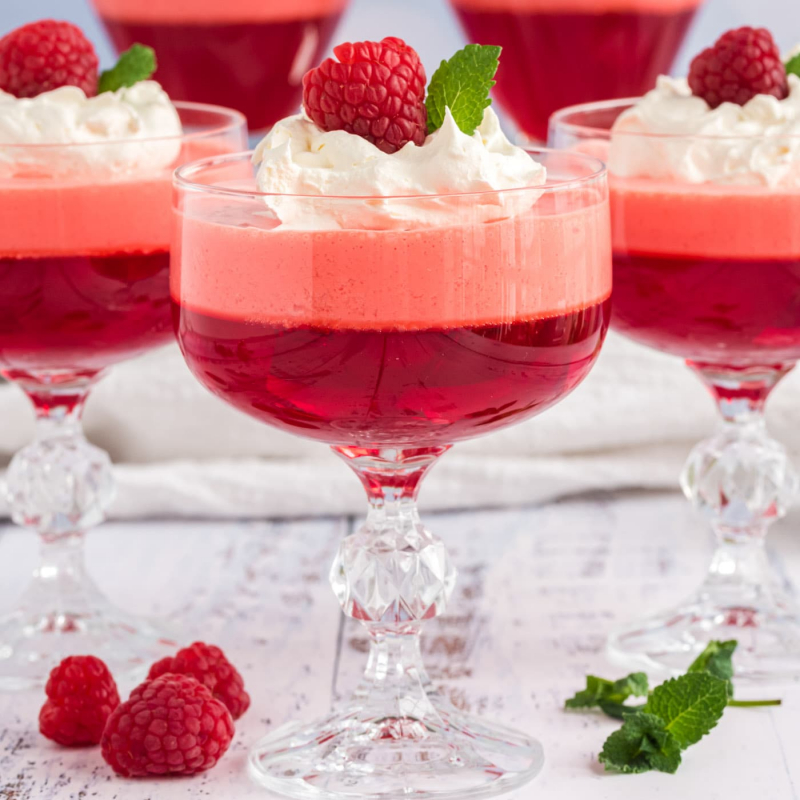
Amanda's Cookin' -
Among the most voluptuous treats in the ice cream family, this frozen dessert has a tempting rich texture. Traditional recipes, which can require hours of constant stirring, start by simmering fresh milk over a low flame, a slow reduction that lends a caramel sweetness to the milk's natural sugars. While modern-day kulfi appears in dozens of flavors, classic versions are infused with some of India's most lilting tastes.
You’ll find it served at hole-in-the-wall spots and traditional shops right across the subcontinent, and it’s been eaten for centuries. In fact, it’s thought that kulfi could have been invented by inhabitants of the Himalayas, most likely during the Mughal Empire era (from the 16th century).
While condensed milk had already been used in desserts for centuries, the Mughals added innovative ingredients like pistachios. The delicacy eventually spread throughout the empire and remains a signature Indian dessert to this day. Here, Indian chefs prepare kulfi in the city of Amritsar.
Country: India
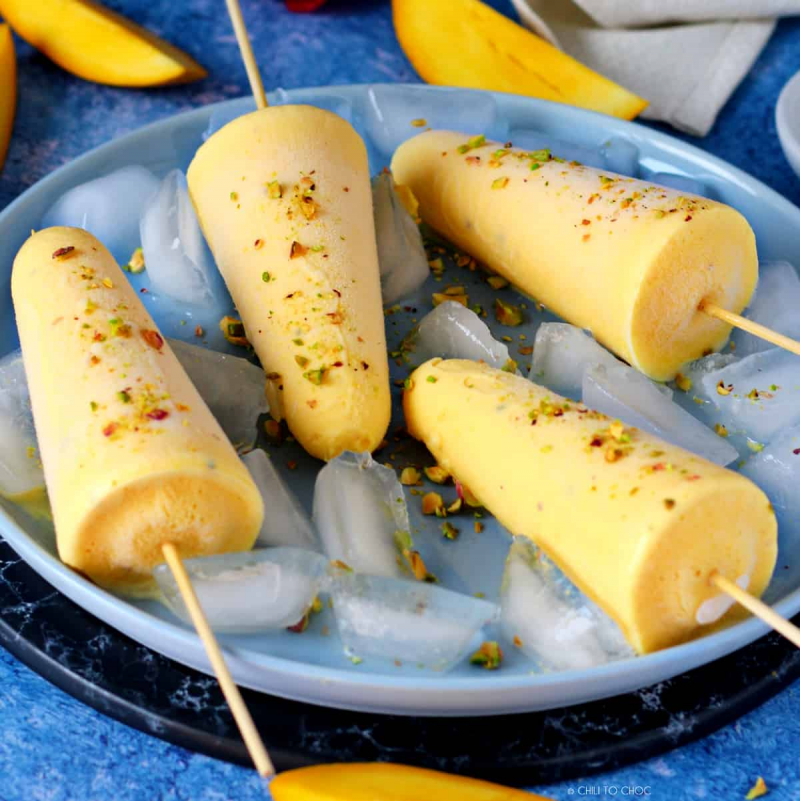
Chili to Choc 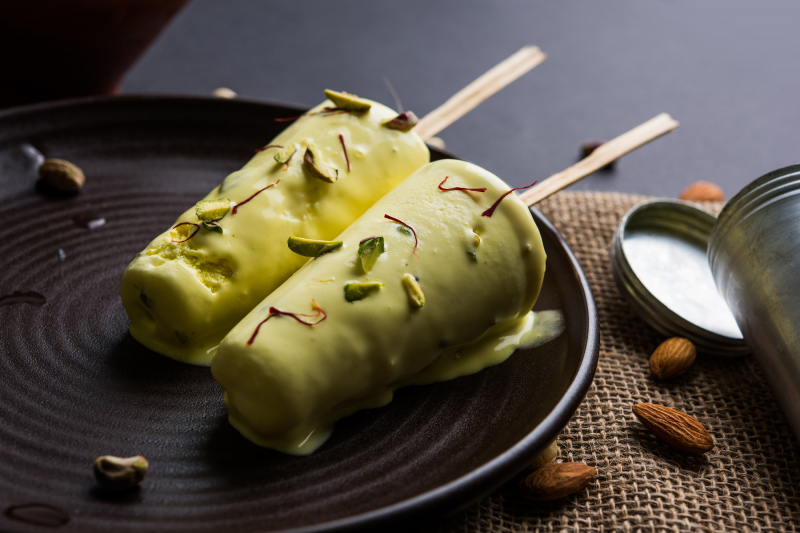
TasteAtlas -
Kaminari-okoshi, often called merely okoshi, is a popular Japanese confectionery, similar to rice crispy treats. The main ingredient in okoshi is expanded rice, created by roasting rice grains until they pop. A mix of sugar and butter or corn syrup is used to hold the rice together, and after the additional ingredients have been added, the mixture is formed or pressed in trays, left to dry, then cut into square shapes.
In the middle of the Edo period, street merchants in Asakusa, one of Tokyo's districts, were the main sellers of this crunchy Japanese food near Buddhist temples. The addition of peanuts to okoshi was traditional, but more recent iterations also contain various nuts, dried fruit, chocolate, and sesame seeds, as well as other unusual and intriguing flavors like matcha green tea or caramel.
Nowadays, the majority of okoshi is factory-produced, made in a variety of odd flavors and color combinations, and distributed in attractive, vibrant boxes. There are still traditional street vendors in the Asakusa district who prepare this brittle delicacy and walk customers through the entire process. The Asakusa district's most well-known memento is still the okoshi.
Country: Japan
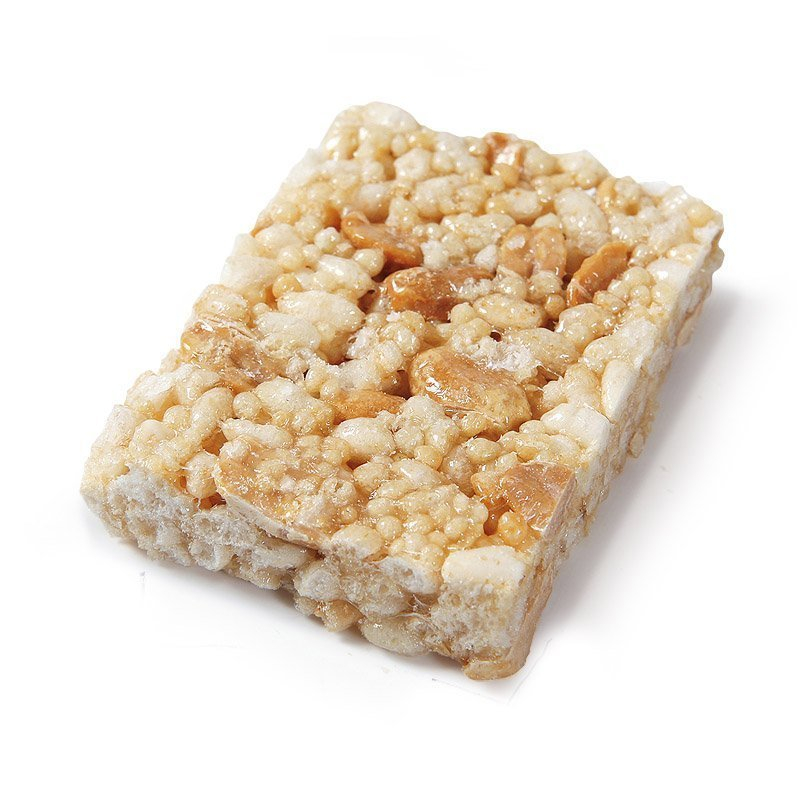
TAKASKI.COM 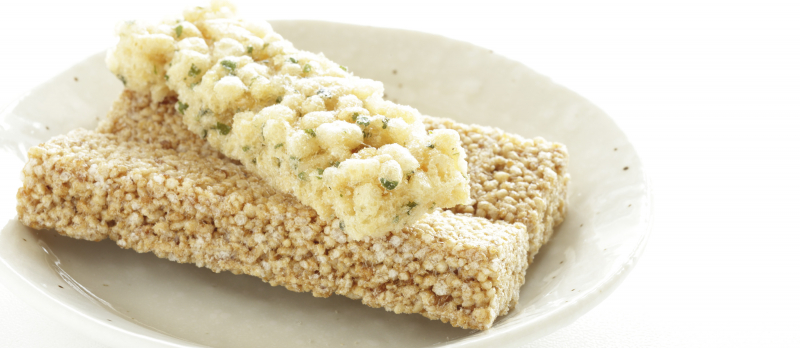
TasteAtlas -
Cassata consists of a round sponge cake moistened with fruit juices or liqueur and layered with ricotta cheese and candied fruit, a filling also used with cannoli. Cassata has a shell of marzipan, pink and green colored icing, and decorative designs. Cassata may also refer to a Neapolitan ice cream containing candied or dried fruit and nuts.
Arguably Sicily’s most famous dessert. It is believed that cassata originated as a simple sugar, egg, and ricotta cheesecake while its name is thought to have been derived from the Arabic word qas’ah, which refers to the bowl used to make the cake. Some say its name derives from the Arabic word qas’at—a cake pan—and others from the Latin term for cheese, caseus. But what could actually have happened is that Arabs brought sugar-producing mills to the south of Italy and this, combined with local baking traditions and a love for dairy, gave origin to a sugary cake filled with cheese. Regardless of the origin of the name or its inventor, cassata is a celebratory cake associated with Easter, and bakeries in Italian neighborhoods around the world all have a different take on it.
This is traditionally a winter and spring specialty, and it is most often served around Easter. It’s usually chilled for 3 hours before serving. By the 14th century, cassata had become a dessert of the aristocracy, and even today, few people outside of the culinary world are brave enough to prepare this elaborate delicacy at home.
Country: Sicily, Italy
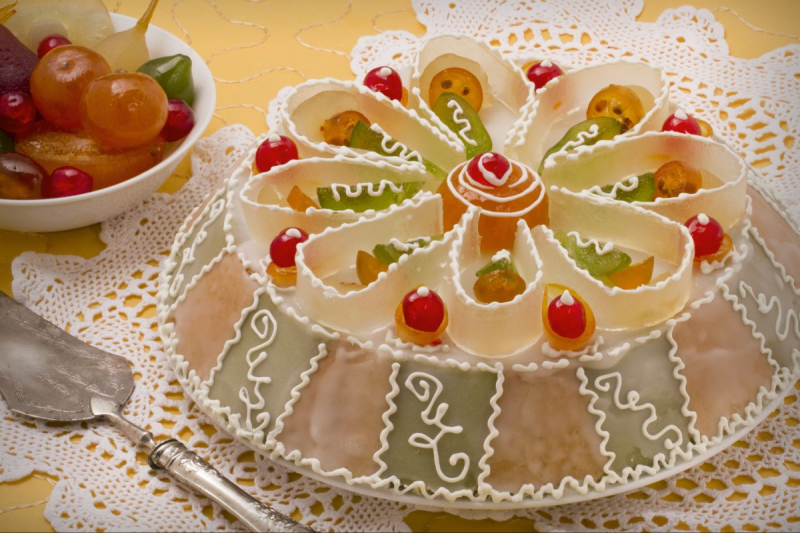
Giallozafferano 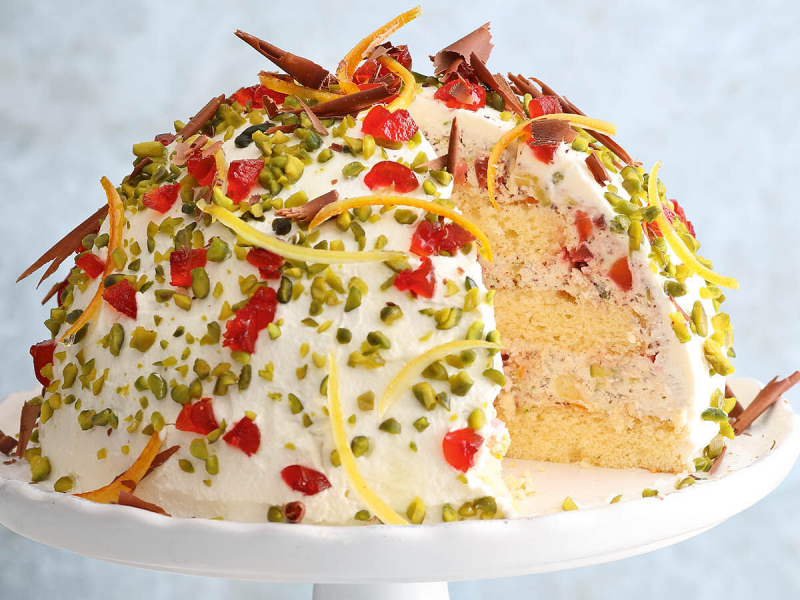
Der Feinschmecker -
One of the most famous Chinese desserts is the classic egg tart, a delicious pastry consisting of a flaky outer shell with a creamy, but firm egg custard in the center. Egg tart is a kind of custard tart found in Chinese cuisine derived from the English custard tart and Portuguese pastel de nata. The dish consists of an outer pastry crust filled with egg custard.
This common Chinese dessert's history is obscure. Inspired by several varieties of the European custard tart, the egg tart first became commercially available in Guangzhou (Canton), Guangdong province, in the early 20th century. Due to Guangzhou's position as the sole port accessible to European foreign commerce, Cantonese food has been heavily influenced by other cultures. Pastry chefs at the city's Western-style department stores were "pressured to come up with fresh and intriguing goods to entice customers" as Guangzhou's economy expanded as a result of commerce and interactions with European powers. As a result, department shops produced various egg tart variations that were "Weekly Specials," drawing inspiration from those from Europe and including a lard-based puff pastry crust and a filling akin to steamed egg pudding.
Chinese egg tart variety is believed to be a cross between the classic British egg custard, which is much creamier than the Chinese tart, and the famous Portuguese tarts, known as pastéis de nata, which are especially popular in Macau.
Country: China
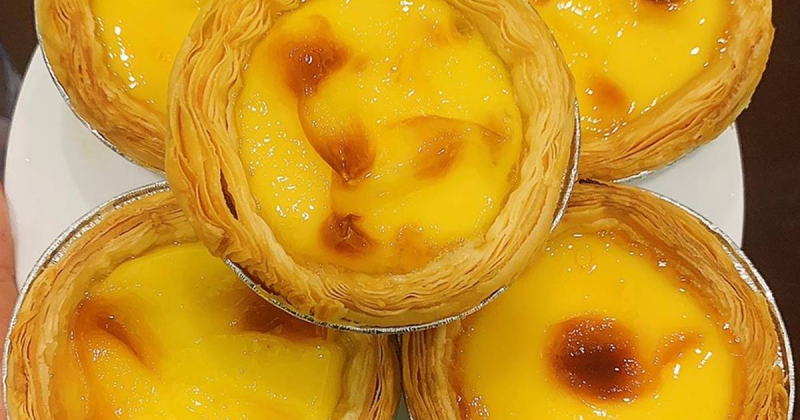
cookpad.com 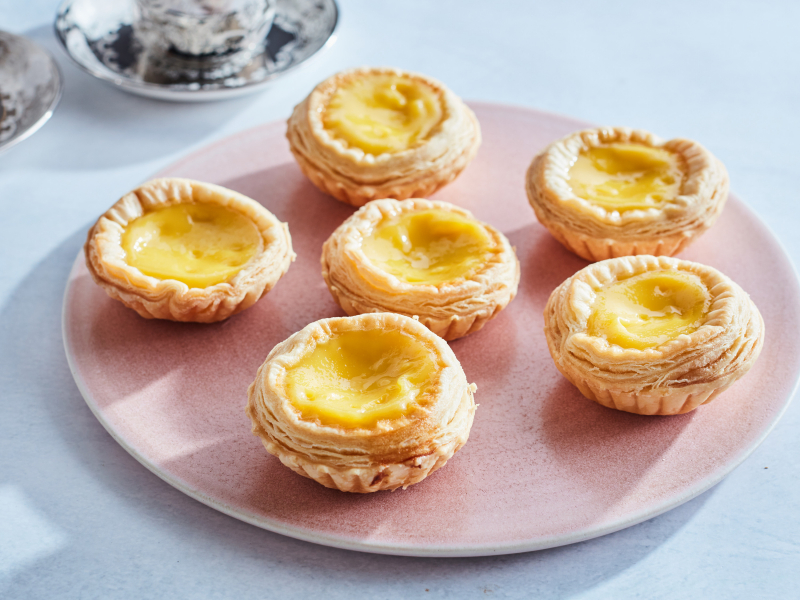
Food Network -
The classic Dutch apple pie known as Appeltaart is frequently served with a hot cup of coffee. Dutch appeltaart is similar to most apple pies in many ways, but it differs from the traditional American apple pie in a number of ways. It is baked in a spring-form pan, which makes it deeper; it is drier on the interior; it is packed with large pieces of apple, currants, and raisins; and it contains a lot of speculoos spices like cinnamon, lemon juice, and other warm spices.
Appeltaart dates back to the Middle Ages and it is believed that the baking time was measured by the number of prayers one had to say until it was ready to be taken out of the oven since ovens with temperature controls didn't exist at the time. In the Netherlands, appeltaart is usually served at room temperature and topped with a dollop of whipped cream, what is known as appeltaart met slagroom.
Dutch appeltaart recipes have been traced back as far as the sixteenth century. Historians agree however that this tradition is certainly hundreds of years older. It was most probably a luxury sweet in this part of the world as early as the Middle Ages. Although no longer a part of the most popular tart ingredients, in the Golden Age exotics like rosewater and even fennel seeds were added to the apples for extra flavor.
Country: Netherlands
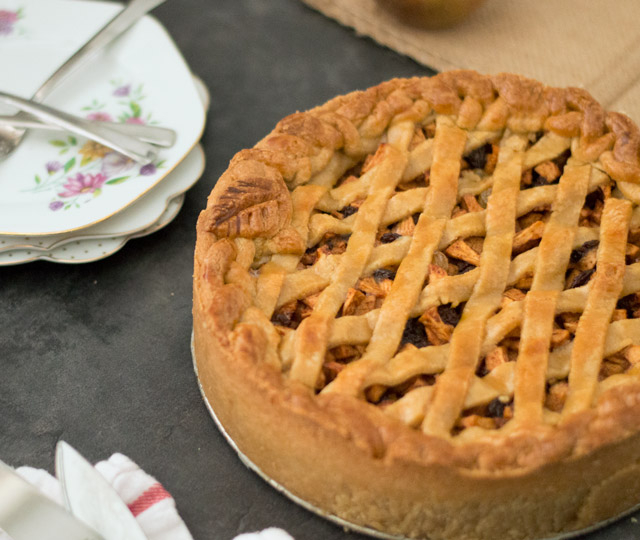
Eef Kookt Zo 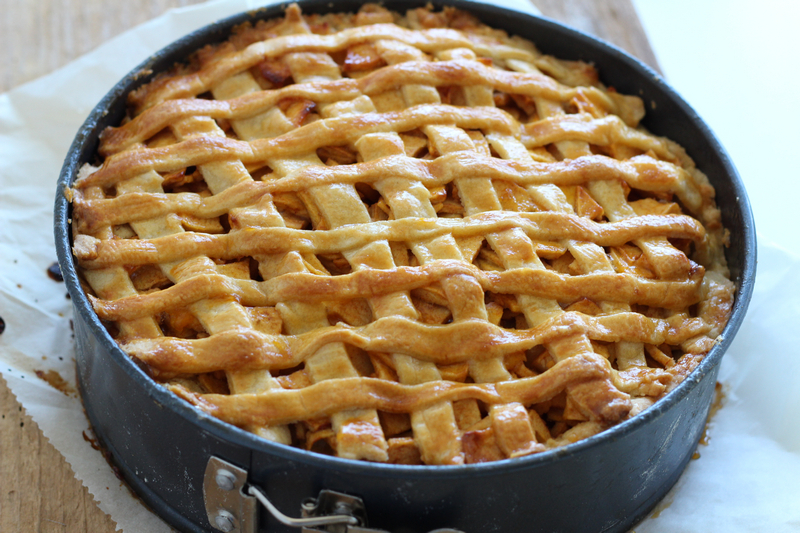
Recepten & Koken -
A leavened, fried dough product is known as a doughnut or donut. It is a common sweet snack that can be made at home or bought in bakeries, supermarkets, food stands, and franchised specialty retailers. It is prepared in a variety of ways. The names are interchangeable; donut is the short form while doughnut is the standard spelling.
While flour batter is typically used to make doughnuts, other forms of batter can also be utilized. Different variations employ different toppings and flavors, like sugar, chocolate, or maple glaze. Water, leavening, eggs, milk, sugar, oil, shortening, and natural or artificial flavors may also be used in doughnuts.
From Portland, Maine's The Holy Donut to Voodoo Doughnut in Portland, Oregon, the old-school doughnut has been loaded down under piles of maple frosting, crispy bacon, fresh fruit glazes, and boozy toppings that take the sweet into uncharted territory. The first cookbook using the near conventional "doughnuts" spelling was possibly the 1803 edition of "The Frugal Housewife: Or, Complete Woman Cook", which included doughnuts in an appendix of American recipes. One of the earliest mentions of "doughnut" was in Washington Irving's 1809 book A History of New York, from the Beginning of the World to the End of the Dutch Dynasty.
Country: The United States

Food Navigator 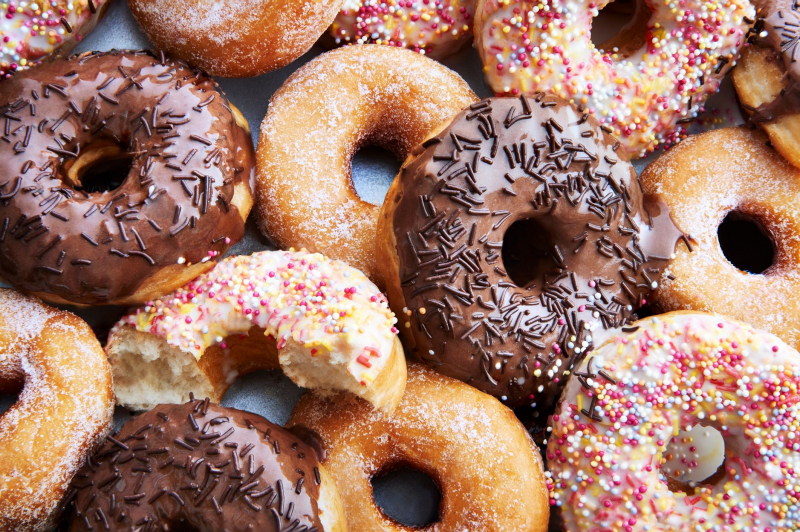
The Pioneer Woman -
In the sprawling family tree of custard desserts, Latin America's flan is the coolest cousin, blending perfect simplicity with creamy sophistication. A whisper-thin layer of dark caramel tops the dessert, melting into syrupy sauce around the base.
Because the recipe permitted the finished product to be made without refrigeration, it is thought that in medieval civilization, flan was mostly made in the summer. It is also known that the flan made in the Middle Ages had a flour basis and a lot of eggs, which permitted it to be prepared in a short period of time. The basic method of making flan, which calls for components like milk, eggs, and sugar, appears to have changed little from ancient Rome to the present. The European culinary history has mostly kept the same, with some individuals adding cinnamon, lemon peel, and other seasonings; without a doubt, a recipe that will never go out of style.
In Mexico, where the dessert is served everywhere from neighborhood cafes to family celebrations, the silky texture of a classic flan is the perfect foil for a meal with fiery chiles and aromatic spices.
Country: Latin America
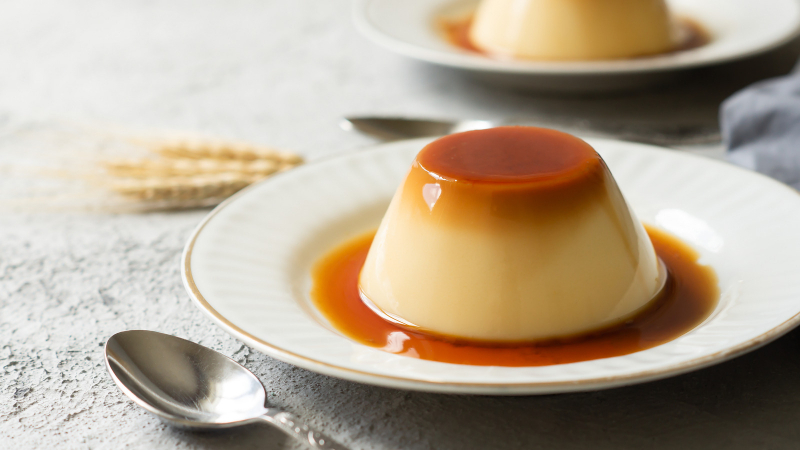
Mashed 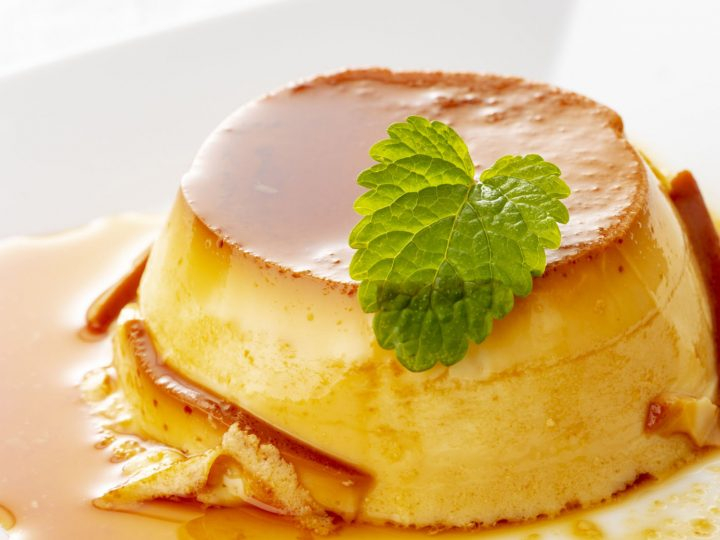
Bacon Is Magic























